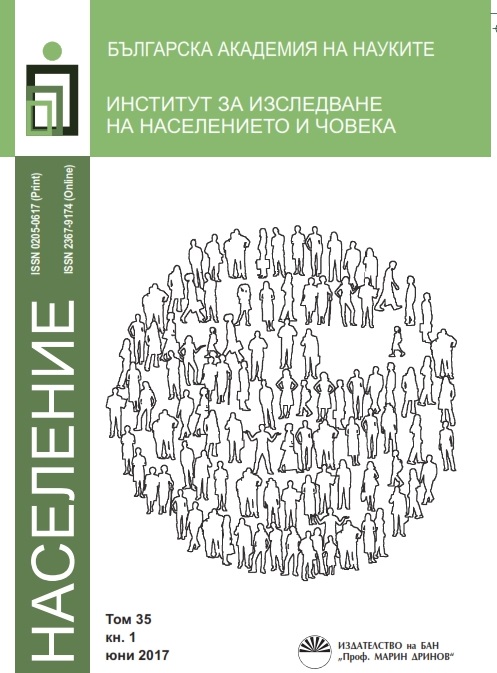Projected changes in the structure of economically active population according to the education level in Bulgaria to 2021
Прогнозни изменения в структурата на икономически активното население по образователно равнище в България до 2021 г.
Author(s): Adriana HristovaSubject(s): Social Sciences, Sociology, Demography and human biology
Published by: Институт за изследване на населението и човека - Българска академия на науките
Keywords: Economic activity modelling; education forecast; economically active population.
Summary/Abstract: In the context of long-term and significant reduction in Bulgaria’s economically active population, educational structure’s dynamics has become more and more significant. This article highlights the major results from the forecast for the economically active population’s development according to the educational level in Bulgaria to 2021. Since there is no average-term demographic forecast to 2021 or an official long-term demographic forecast, National Statistical Institute’s demographic scenario for Bulgaria covering the period to 2060 (the realistic variant) has been used to develop this forecast. Likewise, no forecast on the changes in population according to the education level has been published for the period considered. The economic activity rates have been projected for four categories of education: high-educated, those who graduated from vocational or secondary schools, low-educated or functionally uneducated. The hypotheses were based in reliance on the analytical results and conclusions made for the period 1985-2012 and more special attention was paid to the last eight years of the reference period, i.e. the 2005-2012 period. The reference information on the economically active population by sex, age and education categories was calculated according to data extracted from NSI publications on the censuses conducted in the country in 1985, 1992, 2001 and 2011, and based on annual data of the „Employment and Unemployment“ Labour Force Survey for the period 2001-2012.
Journal: Население
- Issue Year: 35/2017
- Issue No: 1
- Page Range: 85-104
- Page Count: 20
- Language: English
- Content File-PDF

